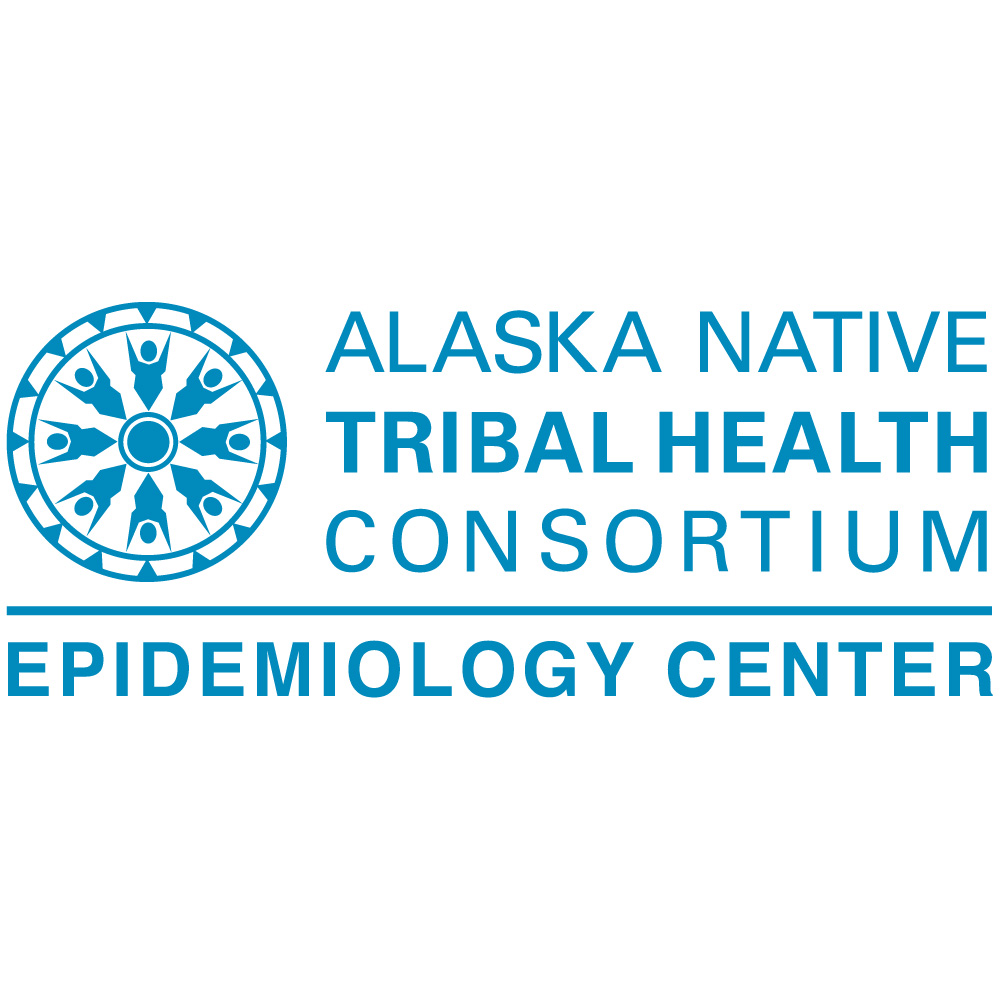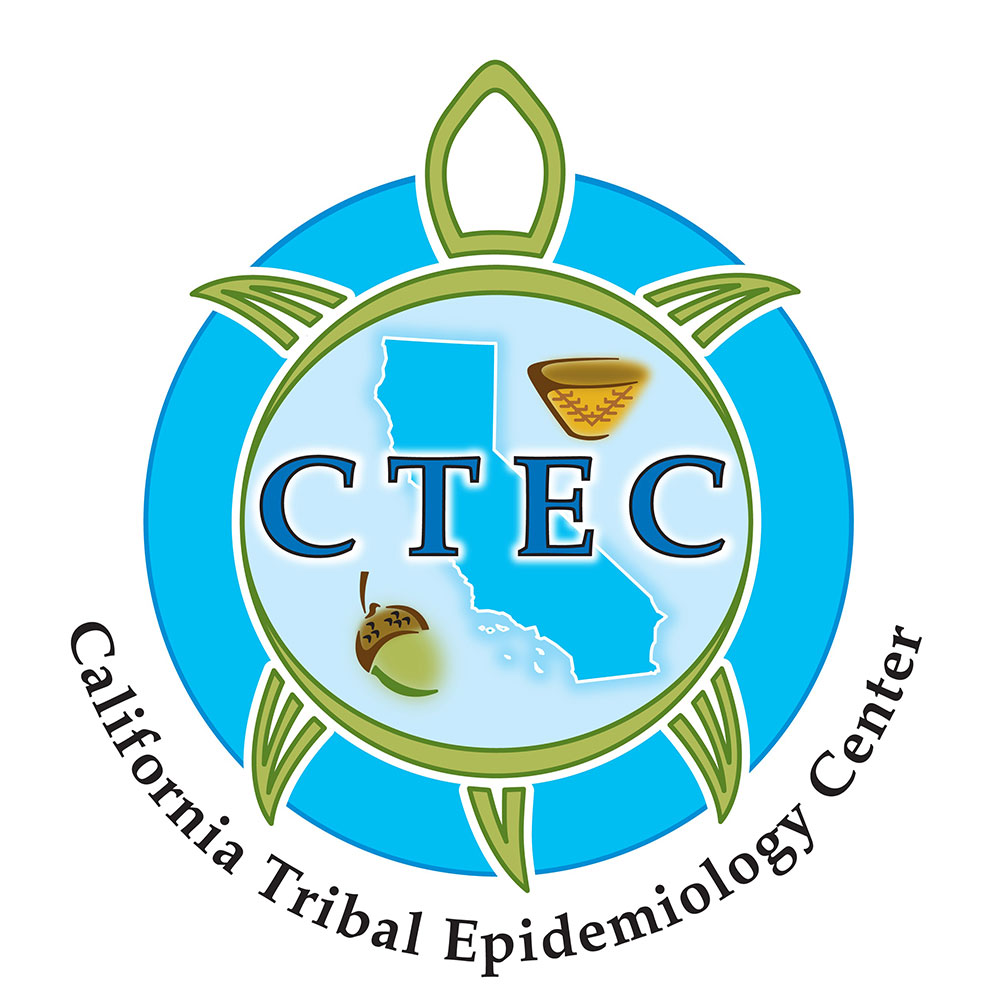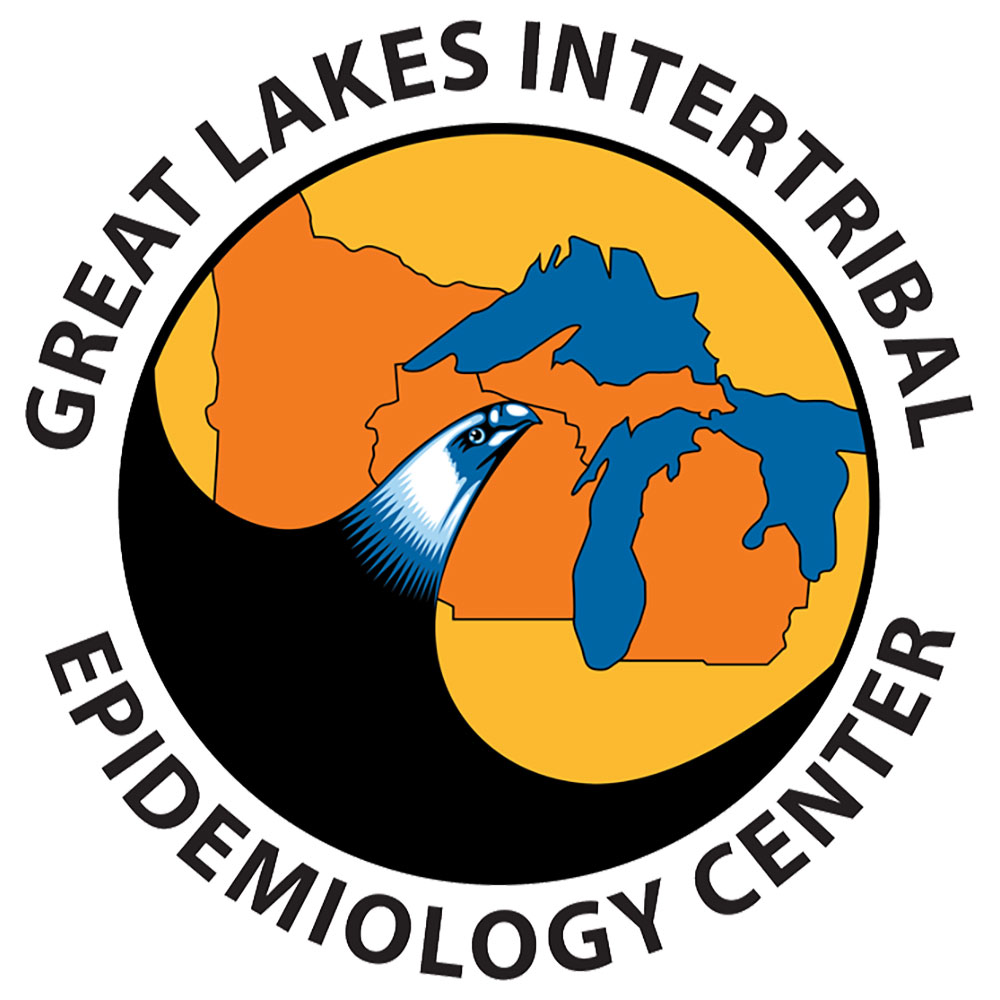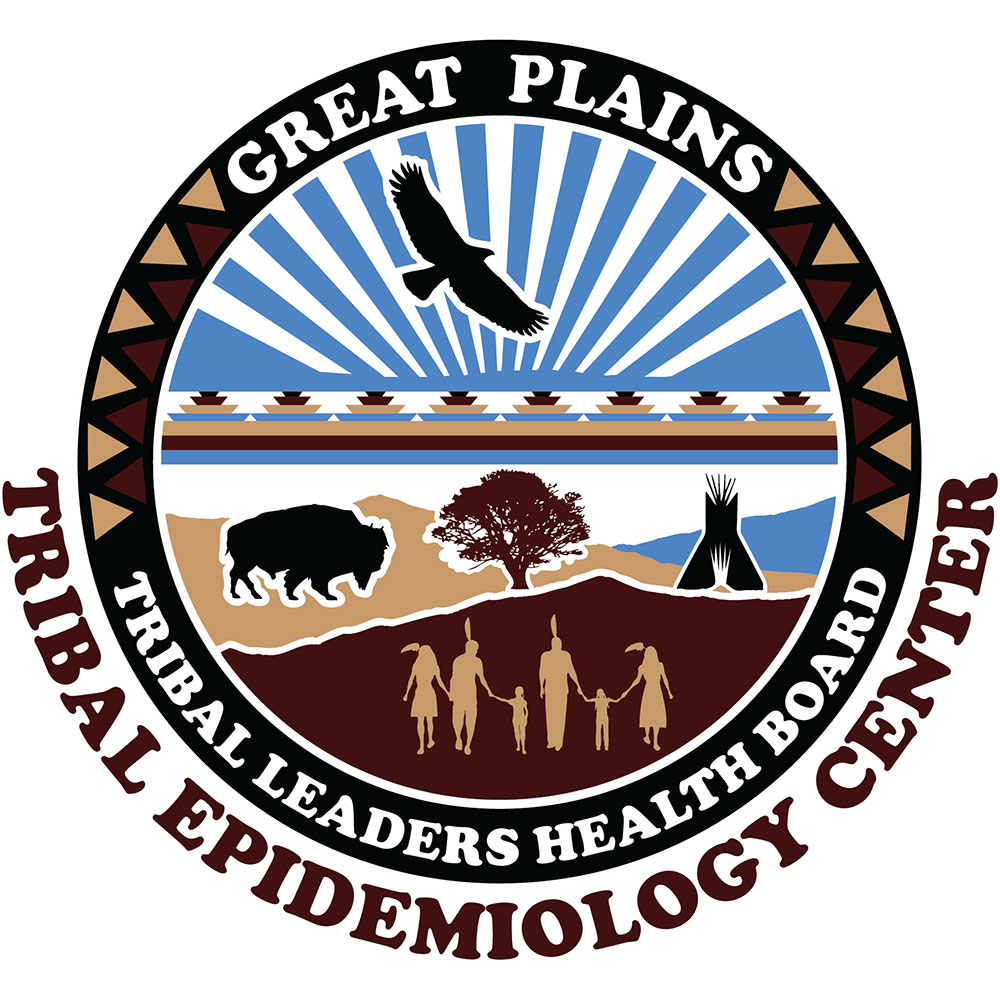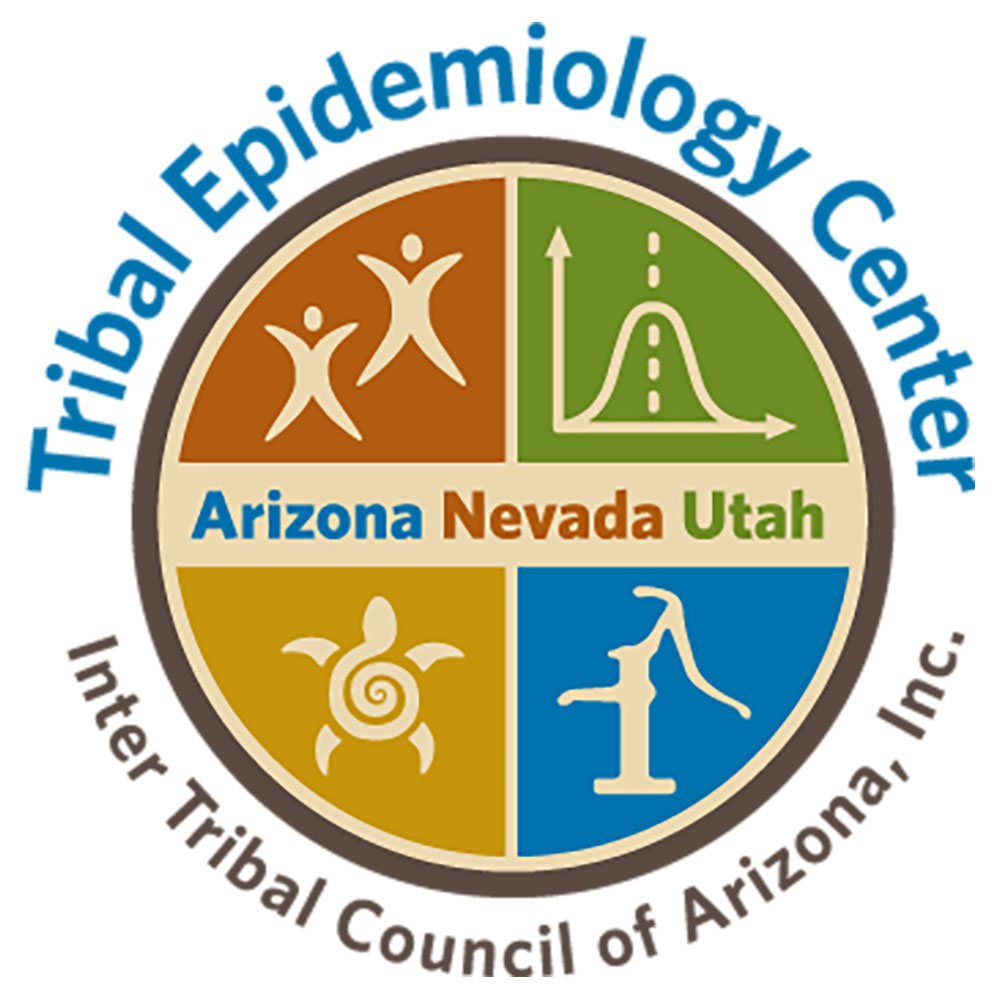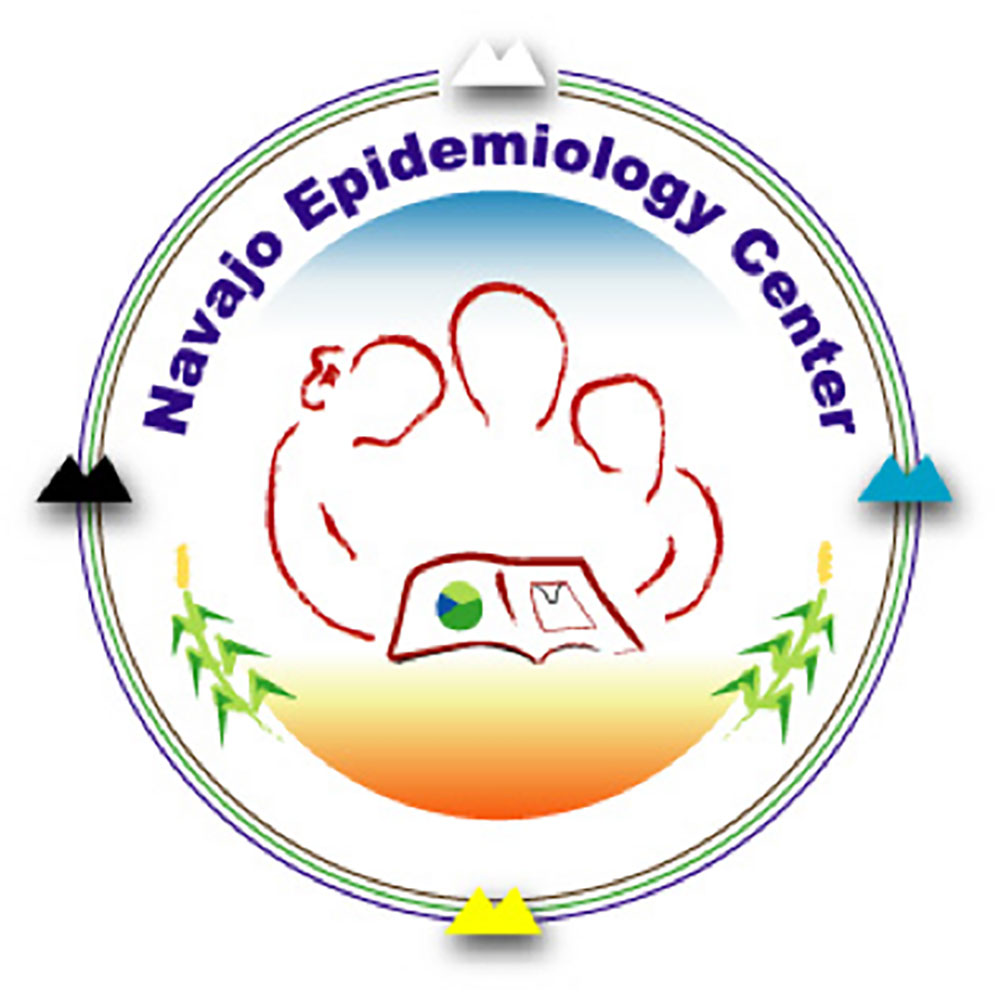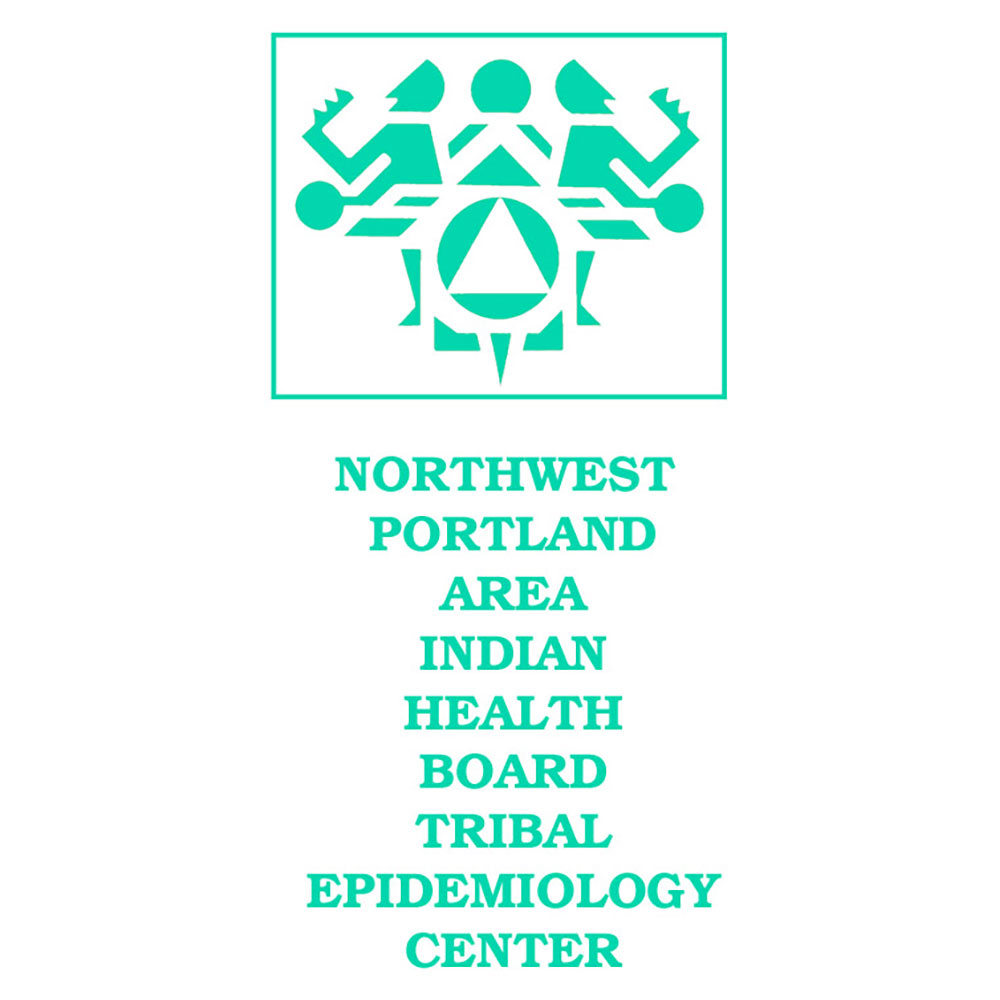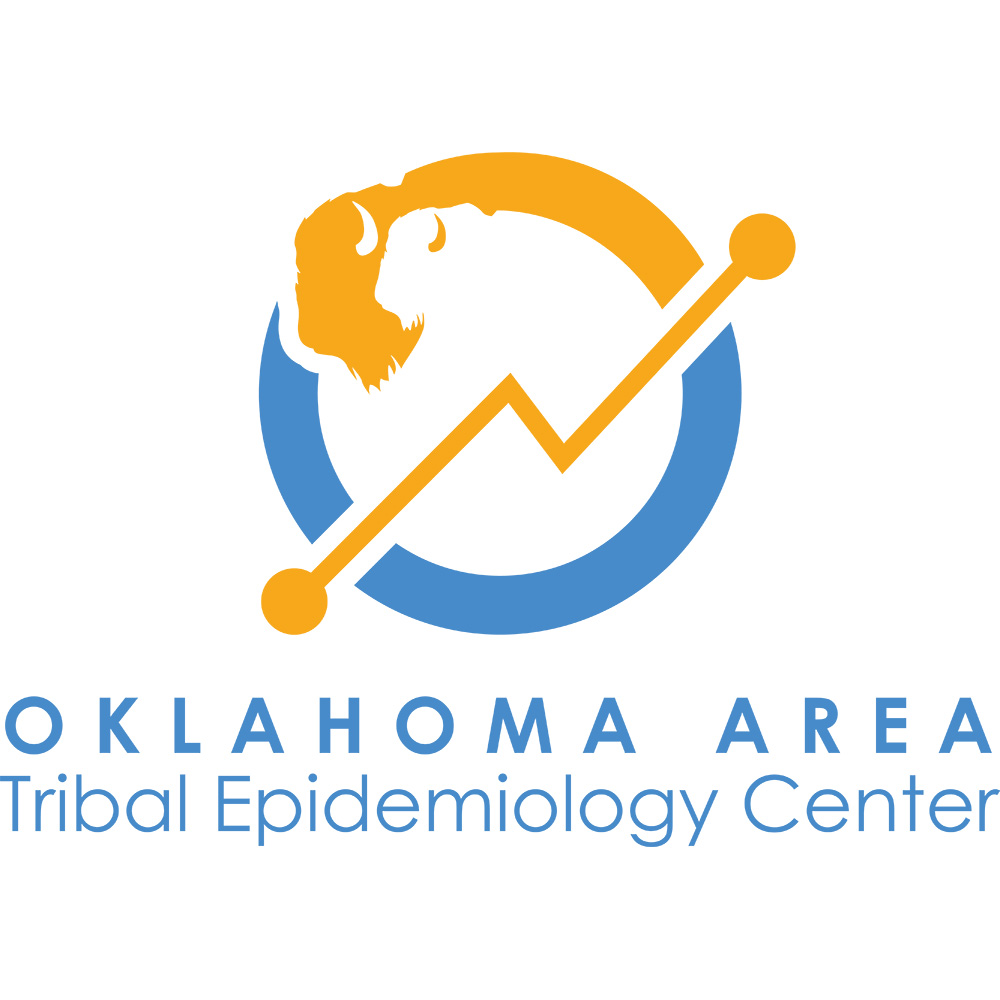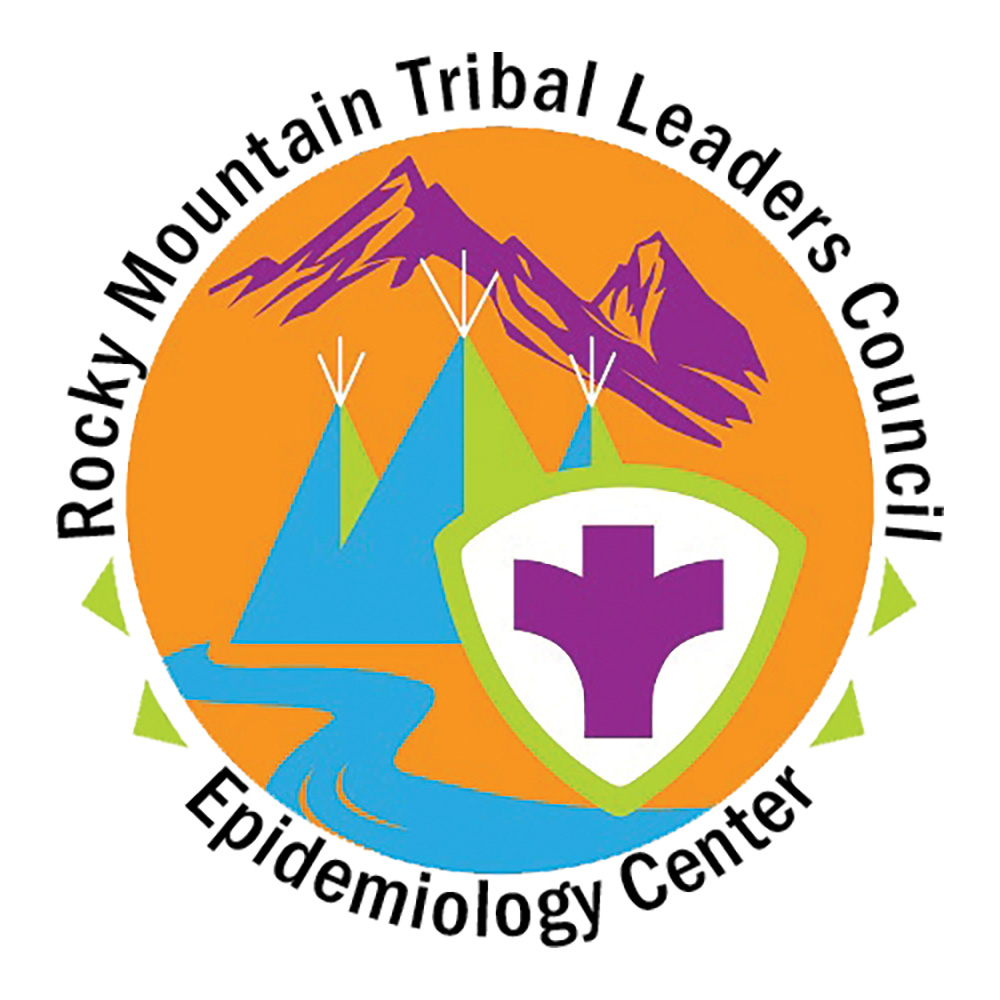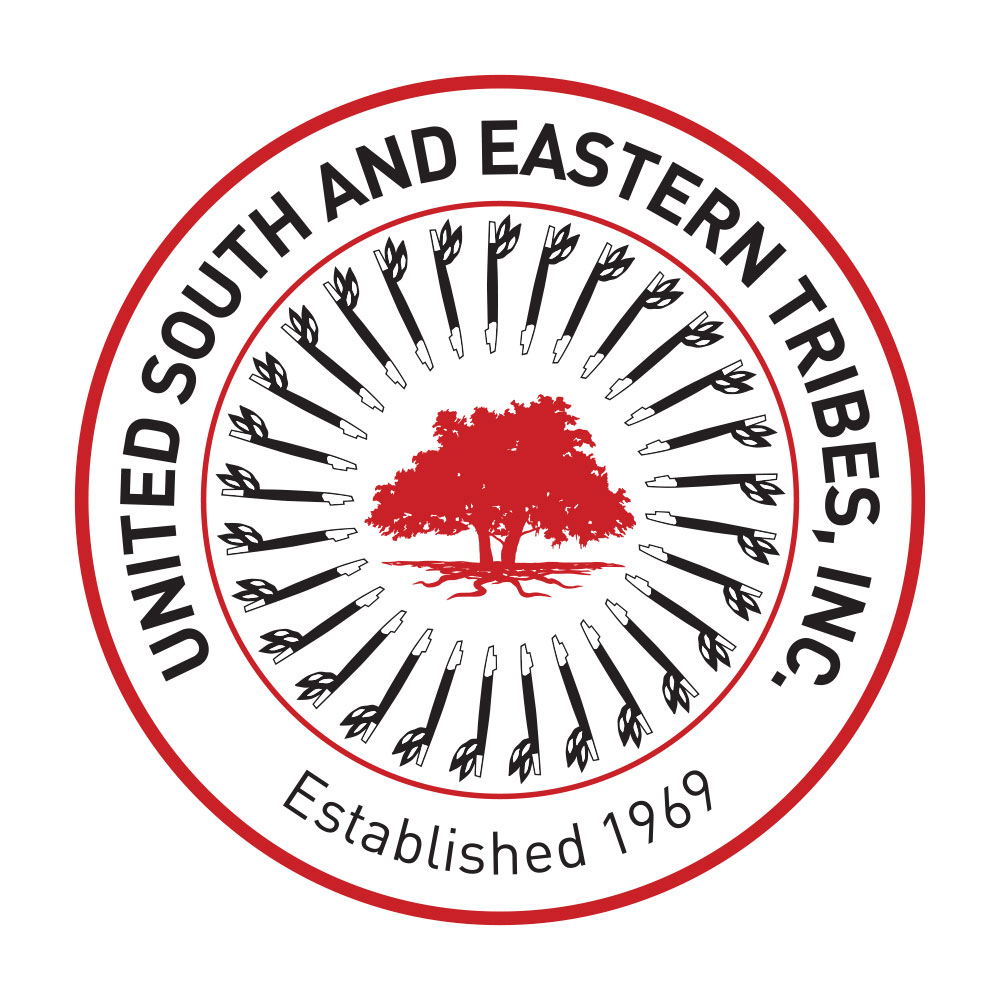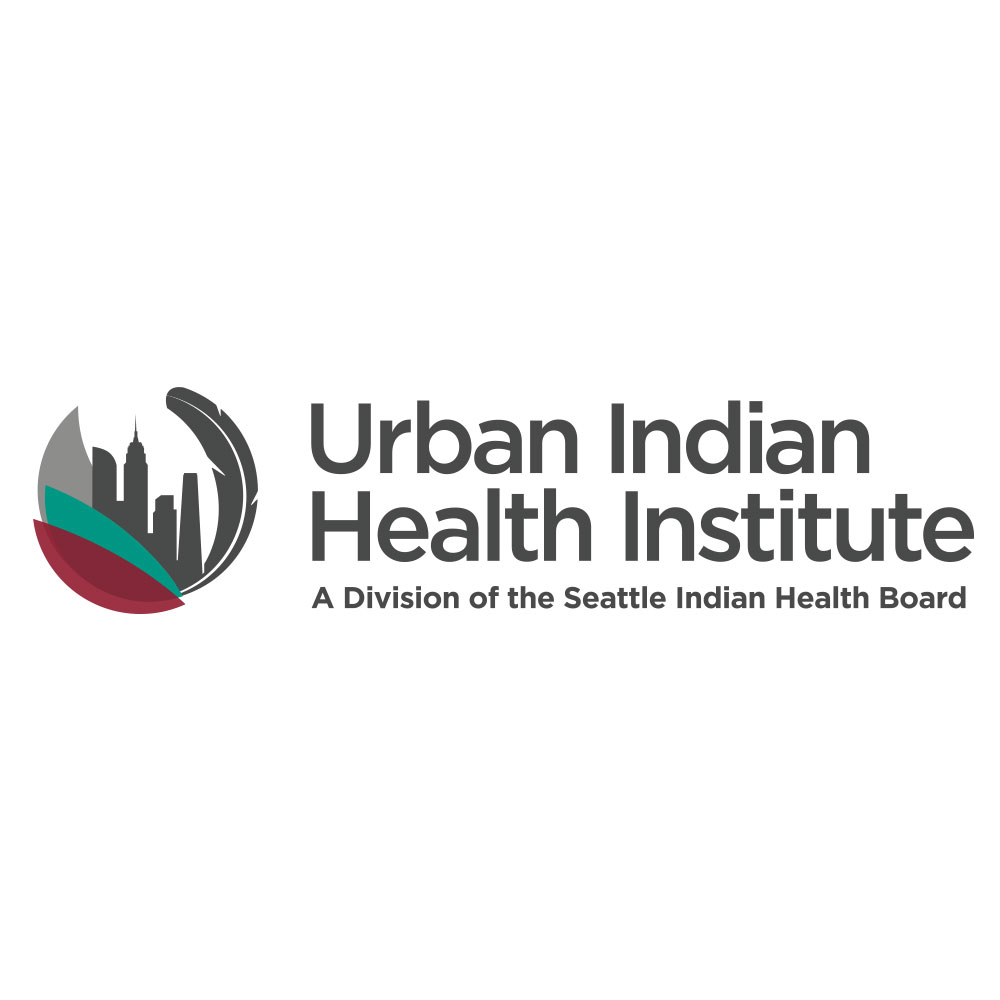What is a Tribal Epidemiology Center?
The 12 Tribal Epidemiology Centers (TECs) offer epidemiologic and public health support to American Indian and Alaska Native (AIAN) communities, Tribes, Tribal Organizations, and urban Indian organizations (T/TO/UIOs). The TECs recently celebrated their 25th year working to improve public health capacity and the availability of valid and reliable data in AIAN populations.
Funded in part by the Indian Health Service, TECs manage public health information systems, investigate diseases of concern, manage disease prevention and control programs, and respond to public health emergencies.
The TECs provide services to an estimated 574 Tribes1, 41 UIOs2, and 9.7 million AIAN people3 across all 12 IHS Areas.
12 Tribal Epidemiology Centers
Mission:
To improve the health status of American Indians and Alaska Natives by identification and understanding of health risks and inequities, strengthening public health capacity, and assisting in disease prevention and control.
What is Epidemiology?
Epidemiology is the study of the origin and causes of diseases in a community. It is the scientific method of investigation problem-solving used by disease detectives— epidemiologists, laboratory scientists, statisticians, physicians, other health care providers, and public health professionals—to get to the root of health problems and outbreaks in a community.**Source: Centers for Disease Control and Prevention. (n.d.). The Importance of Epidemiology. CDC 24/7.
Frequently Asked Questions
There are 12 TECs in the United States. Each TEC is designated to serve the federally recognized tribes within one of the 12 Indian Health Service (IHS) administrative areas, although one TEC serves two IHS areas and another TEC serves UIHOs throughout the nation. TECs are located at tribes or Tribal organizations which are authorized under the Indian Self Determination Act to act on behalf of AI/AN Tribes.
• Collect data relating to, and monitor progress made toward meeting, each of the health status objectives of the Service, the Indian tribes, tribal organizations, and urban Indian organizations in the Service area;
• Evaluate existing delivery systems, data systems, and other systems that impact the improvement of Indian health;
• Assist Indian tribes, tribal organizations, and urban Indian organizations in identifying highest-priority health status objectives and the services needed to achieve those objectives, based on epidemiological data;
• Make recommendations for the targeting of services needed by the populations served;
• Make recommendations to improve health care delivery systems for Indians and urban Indians;
• Provide requested technical assistance to Indian tribes, tribal organizations, and urban Indian organizations in the development of local health service priorities and incidence and prevalence rates of disease and other illness in the community;
• Provide disease surveillance and assist Indian tribes, tribal organizations, and urban Indian communities to promote public health.
Each TEC addresses these 7 Core Functions in its own unique way.
1The 574 Federally Recognized Indian Tribes in the United States, February 8, 2023. Retrieved from https://crsreports.congress.gov/product/pdf/R/R47414
2The 574 Federally Recognized Indian Tribes in the United States, February 8, 2023. Retrieved from https://crsreports.congress.gov/product/pdf/R/R47414
32020 Census Illuminates Racial and Ethnic Composition of the Country. Retrieved from https://www.census.gov/library/stories/2021/08/improved-race-ethnicity-measures-reveal-united-states-population-much-more-multiracial.html
